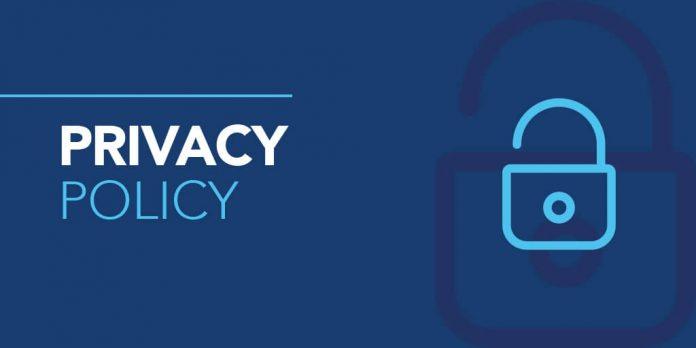Introduction
In today’s digital landscape, privacy is a growing concern for individuals and businesses alike. A privacy policy is a critical document that outlines how an organization collects, uses, and protects user data. In this article, we will explore the key elements of a privacy policy and provide guidance on creating a comprehensive and transparent policy that respects user privacy.
Information Collection and Use
Types of Data Collected
Specify the types of data that may be collected from users, such as personal information (name, email, address), demographic data, device information, and browsing behavior. Clearly explain the purpose for collecting each type of data.
Data Usage
Outline how the collected data will be used. This may include personalization of user experience, order fulfillment, communication, marketing, analytics, and legal compliance. Ensure transparency and provide users with control over how their data is used.
Data Sharing
Clearly state whether and how user data may be shared with third parties, such as service providers, partners, or regulatory authorities. If applicable, mention the use of cookies, tracking technologies, and analytics tools.
Data Security and Protection
Data Security Measures
Explain the security measures in place to protect user data from unauthorized access, loss, or misuse. This may include encryption, secure transmission protocols, access controls, and regular security audits.
User Rights and Choices
Inform users about their rights regarding their personal data. Include details on how they can access, update, or delete their data, as well as how to opt-out of certain data processing activities. Provide clear instructions on how to exercise these rights.
Retention and Storage
Specify how long user data will be retained and the criteria used for determining the retention period. If data is transferred internationally, mention the safeguards in place to protect data during such transfers.
Legal Compliance
Applicable Laws and Regulations
State the laws and regulations that govern the collection, use, and protection of user data. This may include data protection laws, privacy regulations, and industry-specific requirements.
Children’s Privacy
If your website or services are directed towards children or collect data from children, include special provisions to comply with applicable child privacy protection laws, such as the Children’s Online Privacy Protection Act (COPPA).
Updates to the Privacy Policy
Outline how and when the privacy policy may be updated. Notify users of any material changes and provide a mechanism for obtaining their consent to the revised policy.
Contact Information and Support
Provide clear contact information for users to reach out with privacy-related inquiries, concerns, or complaints. Designate a privacy officer or responsible party who will address such inquiries promptly and efficiently.
Best Practices
- Keep it Simple: Use clear and plain language to ensure that users can easily understand the privacy policy without ambiguity or confusion.
- Regular Updates: Review and update the privacy policy periodically to reflect changes in data collection practices, legal requirements, or business operations.
- User Consent: Implement mechanisms to obtain user consent for data collection and processing activities, especially for sensitive data.
Conclusion
A well-crafted privacy policy is essential for establishing trust and protecting user privacy. By clearly communicating how user data is collected, used, and protected, organizations can demonstrate their commitment to privacy and ensure compliance with applicable laws and regulations. Remember to review and update the privacy policy regularly to stay aligned with evolving privacy practices and user expectations.
Also Read:- Legal Heir Certificate
